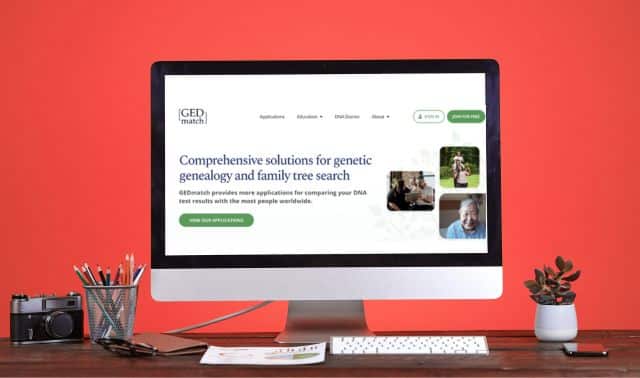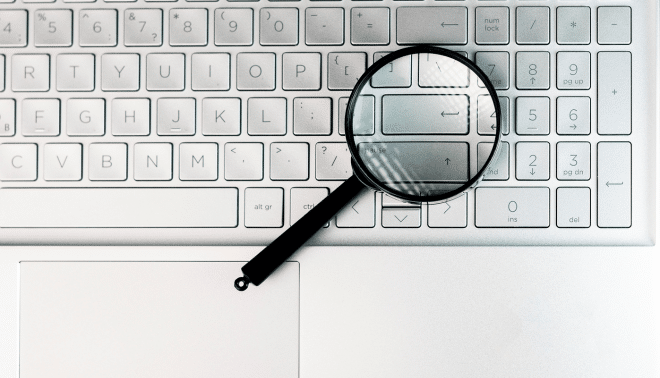
Q. My grandparents were second cousins (who typically share 3.125 percent of their DNA), and Grandma’s sister married Grandpa’s brother. So my mother had double first cousins (about 25 percent shared DNA) who were also third cousins (.781 percent shared DNA). How would I calculate the amount of shared DNA between mom and these cousins, and between cousins form this line and me?
A. Family relationships are complicated, aren’t they? As if it wasn’t enough to manage all of the various personalities and priorities to safely navigate a family function, now we have to think about our biology as well.
How to find the amount of shared DNA
Before we delve into your question directly, let’s talk about how to find the total amount of shared DNA you have with your match. All DNA testing companies—23andMe, AncestryDNA, Family Tree DNA and MyHeritage DNA—report your total amount of shared DNA in units called centimorgans (cMs).
To find your shared cMs at AncestryDNA, look on the main match page alongside your match’s name and predicted relationship to you.
The predicted relationship that your testing company assigns depends heavily on the number of total cMs you share with a match. If you’re related to another person in multiple ways, as you are with descendants of your mother’s cousins, you need to be careful when using shared cMs to clarify relationships.
Determining shared DNA with multiple relatives
Use tables like those at the Shared cM Project and on the ISOGG wiki to learn how much DNA various relatives typically share. In the case of double cousins and other multiple cousins, you can try the additive approach: Specify the ways you’re related to the person, then add together the amount of shared DNA for each relationship. But multiple connections plus tiny amounts of shared cMs (each of which includes a range) can get difficult.
An easier approach is to take the amount of shared DNA for the closest relationship (in this case, double second cousins) and add a little.
Looking at the longest shared segment
You also can look at the size of your longest shared piece of DNA with a match. Closely related people tend to share longer segments of DNA; those with multiple distant relationships share more, smaller segments. This information is provided at every testing company except for AncestryDNA. The table at thegeneticgenealogist.com shows average sizes of the longest DNA segment for various relationships in typical populations and in endogamous populations (in which individuals tended to marry within the group).
For example, many people with Jewish ancestry have second cousin matches who share 256 cM. Looking at the longest segment table at the above link, you can see that second cousins in an Endogamous population should share a piece of DNA that is around 50 cM long. But if the longest shared piece of DNA with a match is only 15 cM long, we can be fairly certain that this match is not a true second cousin, but rather a more-distant cousin related in multiple ways.
A version of this article appeared in the May/June 2018 issue of Family Tree Magazine.




